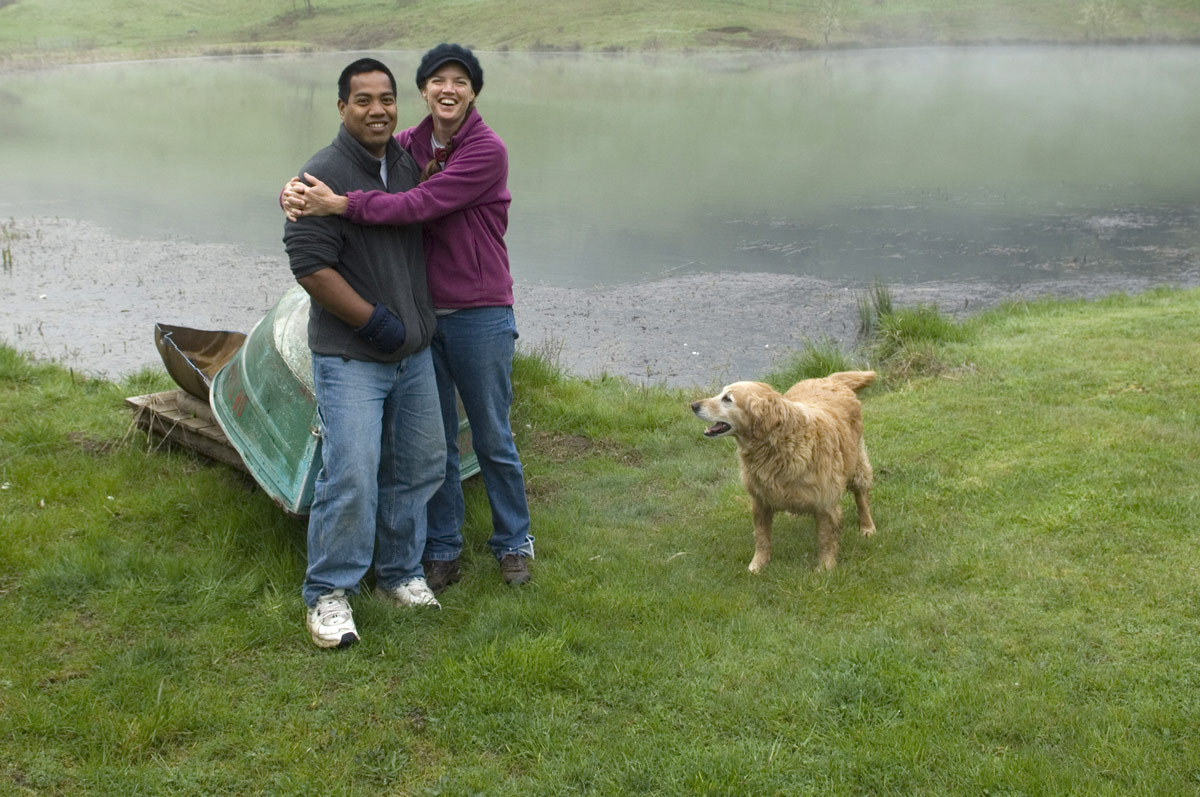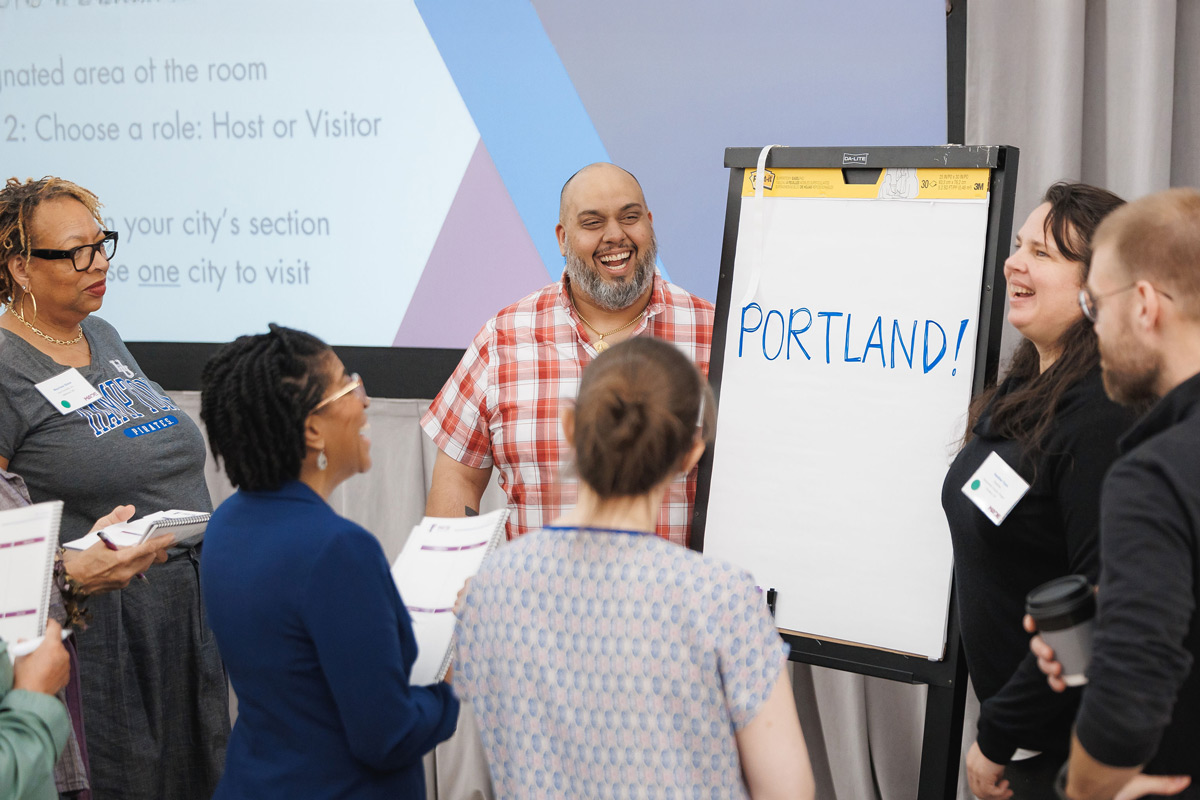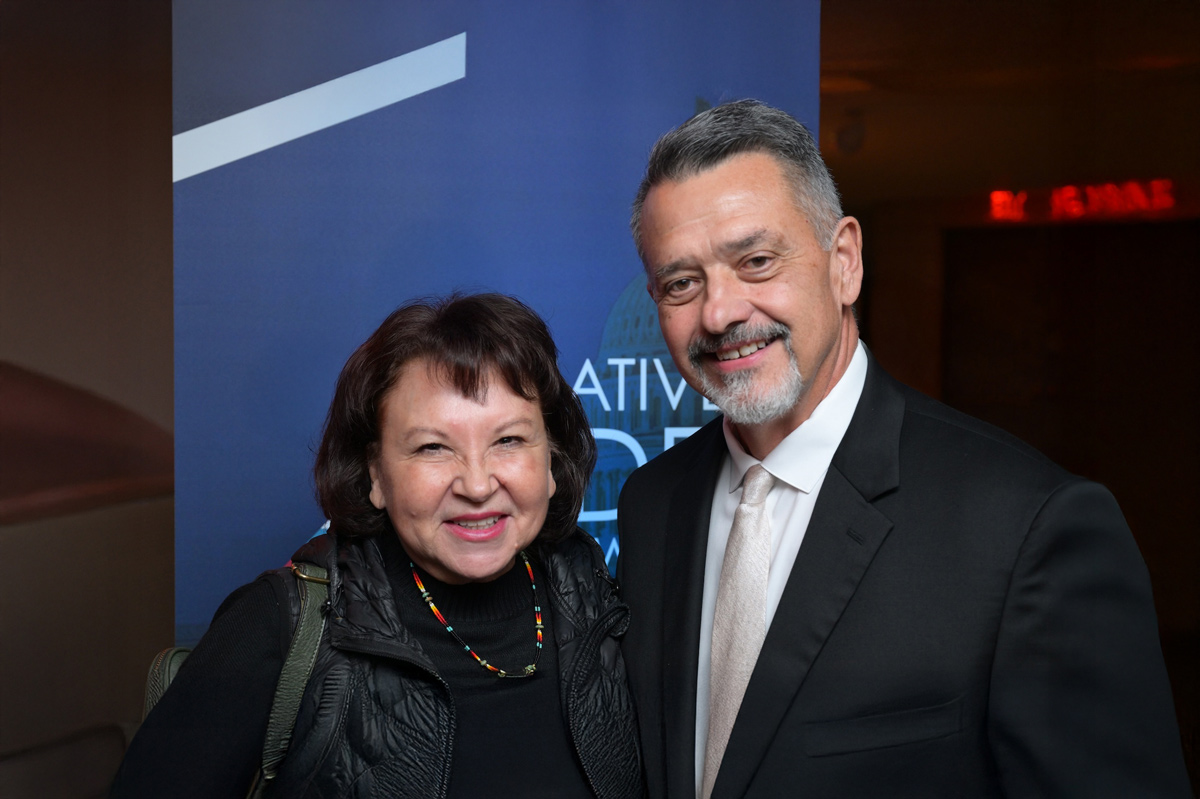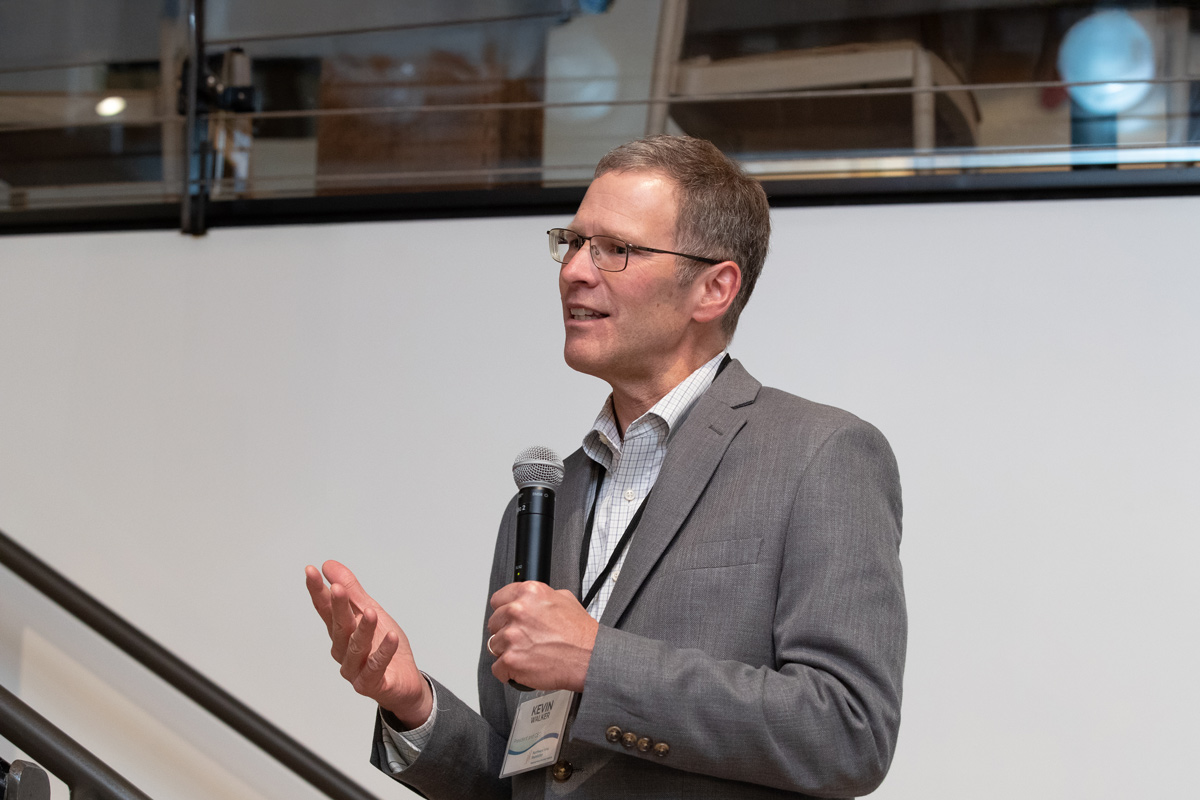Our mission is to reduce poverty. And we believe advancing diversity, equity, and inclusion (DEI) is essential to doing so. Let me explain.
If you visit our offices in St. Paul, you’ll find two spacious meeting rooms that we love to share with other change-makers. One room is named in honor of Louis W. Hill, the other in honor of Elouise Cobell. In a sense, what we strive to do as a philanthropy is to connect the Louis W. Hill story to the Elouise Cobell story. And we’ve learned that the values of DEI are a bridge between them.
One narrative of prosperity: our founder, Louis W. Hill.
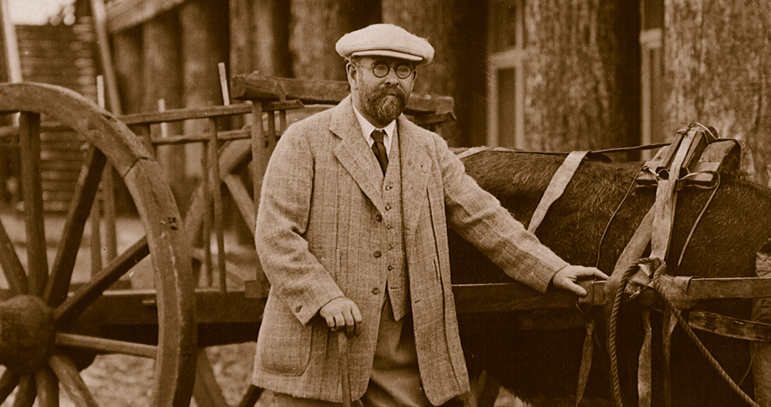
The history of the Hills, our founding family, can be understood as a story in which extraordinary talent and ambition met vast opportunity. The railroad entrepreneur James J. Hill, an immigrant to the United States, encountered a land where his titanic gifts as a businessman could flourish. Hill built the Great Northern Railway.
At the time of his death, he was one of the wealthiest men in America. His son, Louis Warren Hill, a gifted business leader in his own right, established a foundation in 1934 that has evolved over time into today’s Northwest Area Foundation. (See more about Louis W. Hill.)
Another narrative of prosperity: Elouise Cobell.
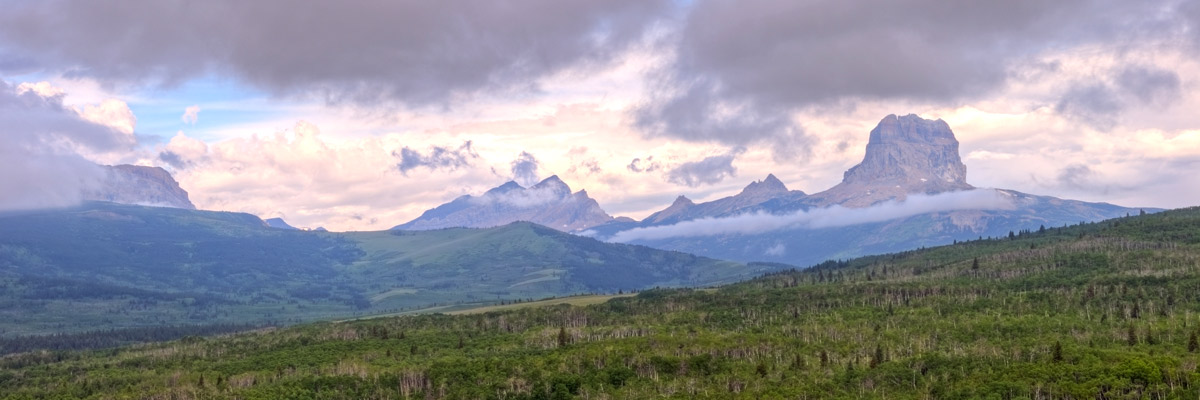
Elouise Cobell’s story played out in the same country and the same Northwest geography. But it does not fit comfortably into the familiar narrative of America as the land of opportunity. Elouise’s story is about fighting long and hard for a degree of restitution in the face of multigenerational injustice. It’s a story rooted in marginalized people and broken promises.
When Elouise served as treasurer for her tribe, the Blackfeet Nation in northern Montana, she began asking the federal government tough questions. More than 100 years earlier, the government broke up Indian reservations and allotted millions of acres of land to individual Native Americans.
The government pledged to manage their land and established the Indian Trust Fund to disburse revenues generated by mining, oil, gas, and timber leases. Elouise recognized that this federal responsibility was being mismanaged and neglected, to the detriment of hundreds of thousands of American Indians. But her questions and research were frequently met with stonewalling, evasion, and disrespect.
In 1996, Elouise decided she’d had enough. With help from the Native American Rights Fund, she sued the federal government. An epic struggle for justice ensued. In December 2009, Elouise finally prevailed, winning a $3.4 billion settlement for payments to individuals, repurchase of tribal lands, and creation of a scholarship fund for Native students. (For more on Cobell v. Salazar, see the website for the recent film about Elouise Cobell.)
The work of our Foundation connects these contrasting narratives.
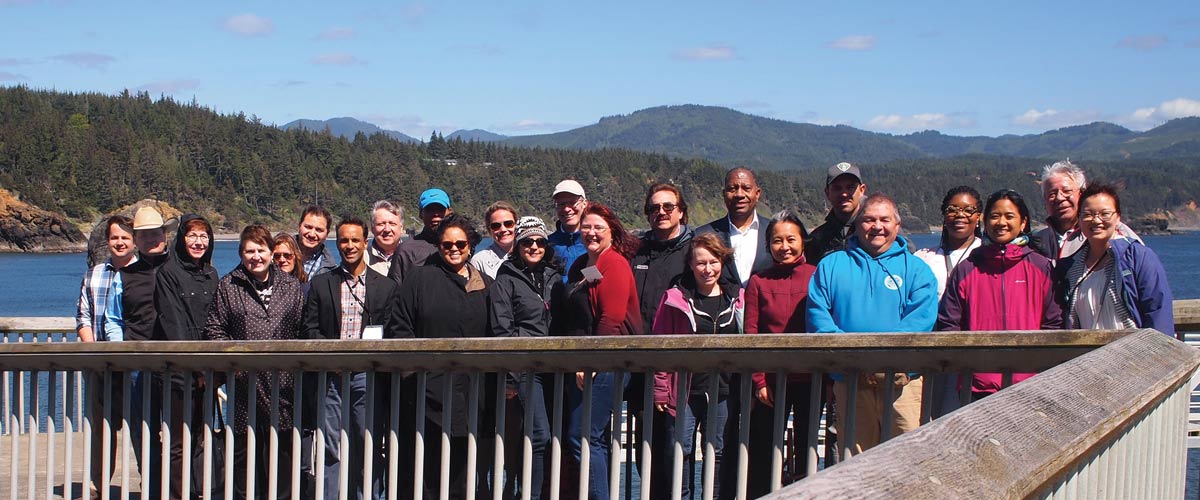
What do I mean when I say NWAF seeks to connect these two stories? We are tasked with stewarding a portion of the wealth that the Hills generated in the 19th and early 20th centuries. Here in the 21st, our board and staff are committed to a strategy that uses those resources to level the playing field for people like Elouise’s neighbors and relatives in Browning, Montana. Elouise served on our board for nearly a decade and helped shape our thinking, but so did other leaders, practitioners, and Hill family members whose wisdom, insight, and experience have informed our journey. But more than anything, we’ve learned and evolved by listening carefully to our grantees and the people they serve.
At the heart of our work is our priority communities.
We use the phrase our priority communities as shorthand for Native Americans and other communities of color, people in rural areas, and immigrants and refugees. As a mid-sized foundation, we know we can’t fund everything under the sun. So we have prioritized helping those communities—too often left out of the American success story—as they work to grow their assets and determine their own futures.

DEI: the bridge.
We’ve learned that if we mean to do that work in an authentic way, we need to apply a DEI lens to everything our organization does (go straight to the webpage for definitions of diversity, equity, and inclusion). Otherwise, we’re failing to respond boldly enough to the asset gap that has developed over centuries between our priority communities and the rest of American society. That gap has become ever wider and more stubborn as our current century has unfolded. We cannot advance our mission to reduce poverty by assuming that every person and every community is starting their journey toward prosperity from the same position.
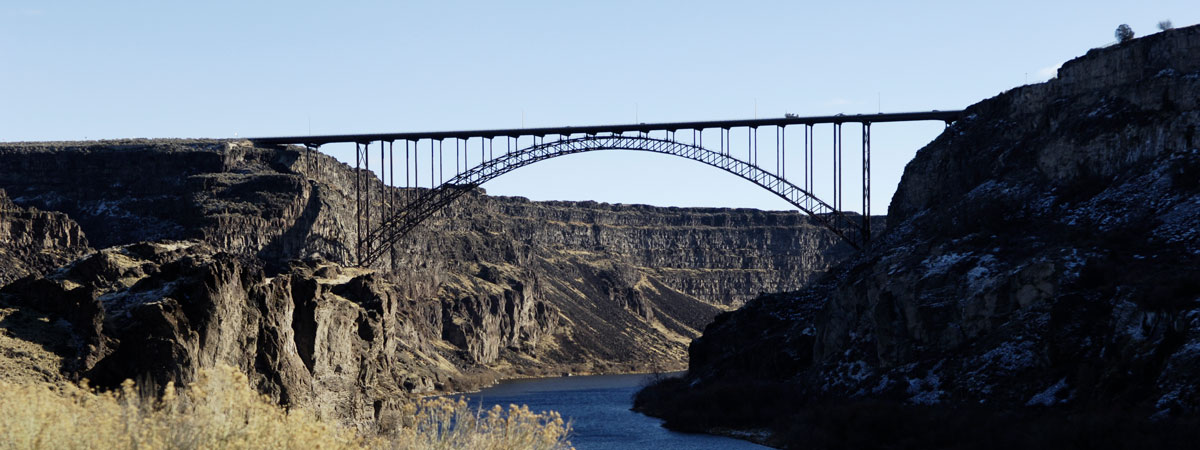
Nor can we pretend that these asset gaps are accidental or inevitable. They result from policies, practices, and prejudices that are human made—and can be rectified by diverse people of good will working together over the long haul. To learn more about the racial wealth divide, visit Prosperity Now, an organization that works to ensure everyone in our country has a clear path to financial stability, wealth, and prosperity.
How we’ve been thinking about DEI in our planning so far.
In 2017, we initiated an organization-wide effort to advance DEI. We think this will make us a better and more effective foundation. The DEI landing page on our website provides context and detail. But in a nutshell, we’re committed to thinking about DEI when we:
- Adjust our strategy
- Make funding decisions
- Gather and share data about our funding patterns
- Design internal policies and practices
- Launch searches and hire staff
- Contract with vendors Manage our investment assets
- Recruit and engage board members Communicate with people who care about what we’re funding and how we operate
- Make decisions about our office space and our workplace culture
And so on. We’re applying a DEI lens to all aspects of our organization so that we can advance our anti-poverty mission more powerfully.

Written boldly across a blue wall in our office lobby are these words: We believe prosperity is possible for all. That conviction animates our entire approach to philanthropy. But we also know that sustainable prosperity—which we define as the opportunity to thrive on your own terms—remains elusive for many in our priority communities. The purpose of our DEI journey is to make NWAF the most effective resource it can be. A resource for what? For shaping a future in which every person, family, and community in our region has a fair chance to live free of poverty and thrive on their own terms.
I hope you’ll visit our DEI webpage to learn more (including fuller definitions of diversity, equity, and inclusion), or reach out directly to our DEI Manager, Margie Andreason. We need your thoughts and advice as we find our way forward.
Author
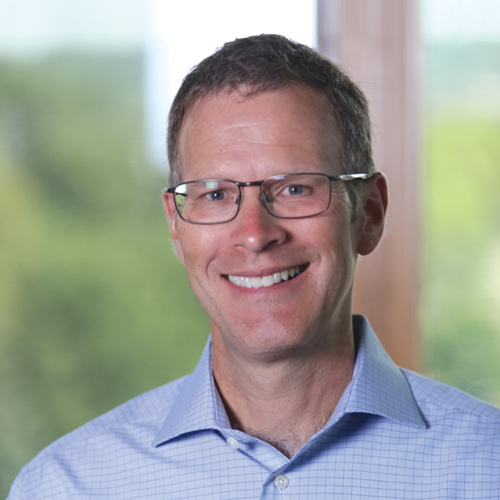
Kevin Walker
President and CEO, Northwest Area Foundation
THE FIRST BLOG ENTRY IN OUR SERIES
Insights on Our Journey: A DEI Blog Series
Our Foundation has made a commitment to advance diversity, equity, and inclusion (DEI) in our region. This is the first in our series of blog entries that reports on what our staff are thinking as we make our plans. It’s a way of bringing you, our stakeholders, along as we take this journey.
POST 5
From our DEI Manager Margie Jo Eun Joo Andreason—How Self-Healing Can Be a Powerful First Step
View PostTags: Diversity, Equity, Kevin Walker

